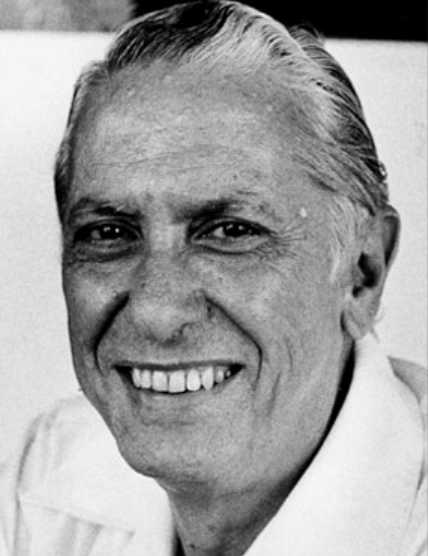4.1.2.9.6 The poetic work of Cintio Vitier (1921 – 2009) from 1950 to 1955

At this stage of Cintio Vitier’s poetic work, he somewhat abandons the preceding encapsulation to move towards the light, an expository clarity that also has something of a calming of an intellectual charge that sometimes exceeded his own aesthetic creed.
The period begins with the publication of “Conjeturas” in 1951; the signs of this new phase are still unclear, given the language’s clarity and clarity of rhetorical overtones. Thematically, it emphatically alludes to material poverty and also hints at some signs of his conversion to Catholicism.
Between 1952 and 1953 he conceived the poems that would form part of “Words of the Prodigal Son”, in which his Catholic faith was already explicit, moving his poetics towards an endearing religiosity that translated into an assimilation of reality with a higher level of spirituality. Creation then became an extension of the divine, and thus the poet increased his sensitivity to the seamless beauty of the universe.
In 1953, he published the text “Ofrecimientos” in the magazine Orígenes, a long poem consisting of five sections, probably also included in “Conjeturas,” in which we perceive a reflection of life’s turbulence, also an expression of an inner turmoil that, in a sense, swarmed with the creatures of poetry. In this text, the dreamlike also permeates the visions, but from the perspective of detachment from memory:
“…And a rider leaning on his elbow looks inside
like a dream we no longer remember:
prenatal palace, candid hell of the well
rising from the resonant hollow,
with a homely and wild breath of roots and clouds,
the prophetic nakedness of water.”
In 1954, some of his verses appeared in Orígenes under the title “Palimpsest,” and in 1955, the poem “The Apocryphal”; both reveal the interplay between writing and truth, a period in which the intellectualization of poetic inquiries undoubtedly prevailed. However, the latter expresses an experience of profound desolation incapable of being felt and which is therefore driven ever further toward the abyss, a synthesis of an emotional state prior to the serenity of faith:
“The trees were silent in their places,
the stealthy clouds combined
their swift and empty images,
the sea bathed mirrors and cities.
I told my soul: dream!
Then a rumor
of grotesque, distant machinery,
He announced to me that the desire was approaching.
As always, I began to suffer and yearn,
but only a strange indifference
it lit up in the center
of my most beloved acts.
I wanted to lean on a forehead
and I was frightened by its abstract nature.
There was no charity, nothing was true.
Then I looked back at the world:
pretended to wait for me eternally
without further appeal. He was sentenced
to sustain the simulation of life:
For I too imitated my hope
like an actor who is not made
too many illusions, but you have to continue
every night on the scene.
Then I understood that it was hell.”








